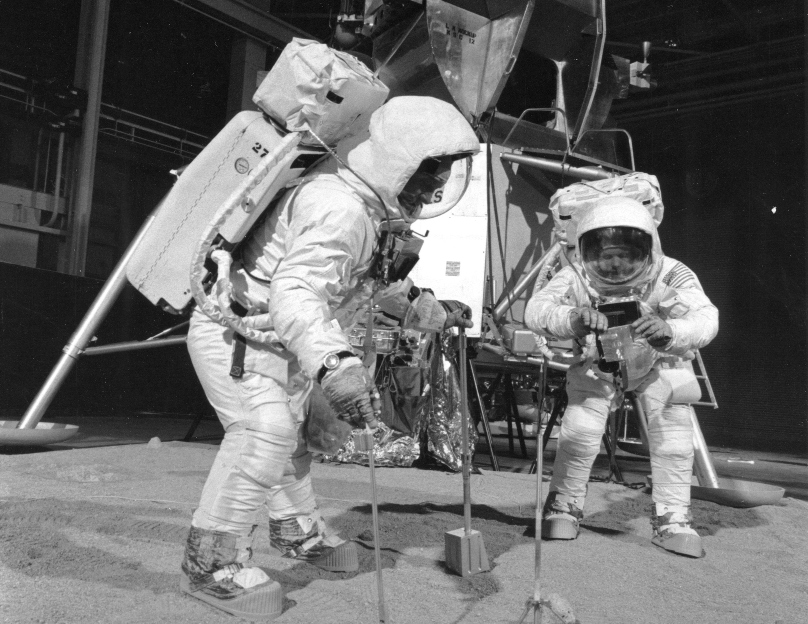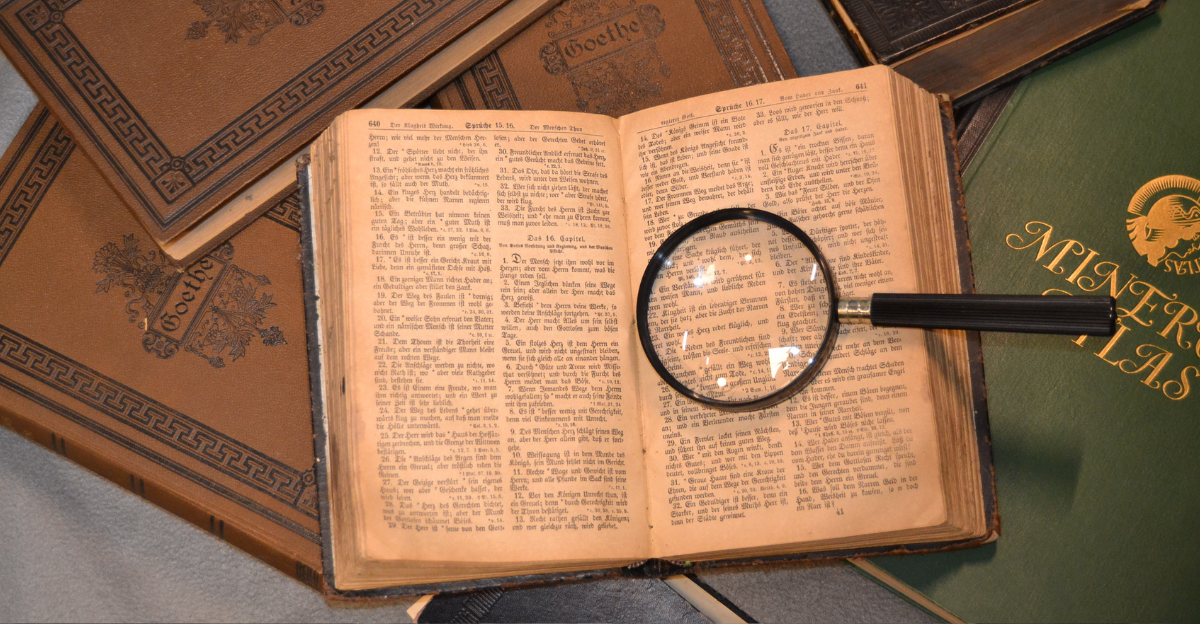
The Winter War (1939–1940) was a defining moment in Finnish history, showcasing the country’s resilience against overwhelming odds during the Soviet invasion. Despite being outnumbered and under-equipped, Finland’s soldiers demonstrated extraordinary courage and ingenuity in defending their homeland. These images give you a glimpse into their lives while defending their loved ones.
Women On The Side Line
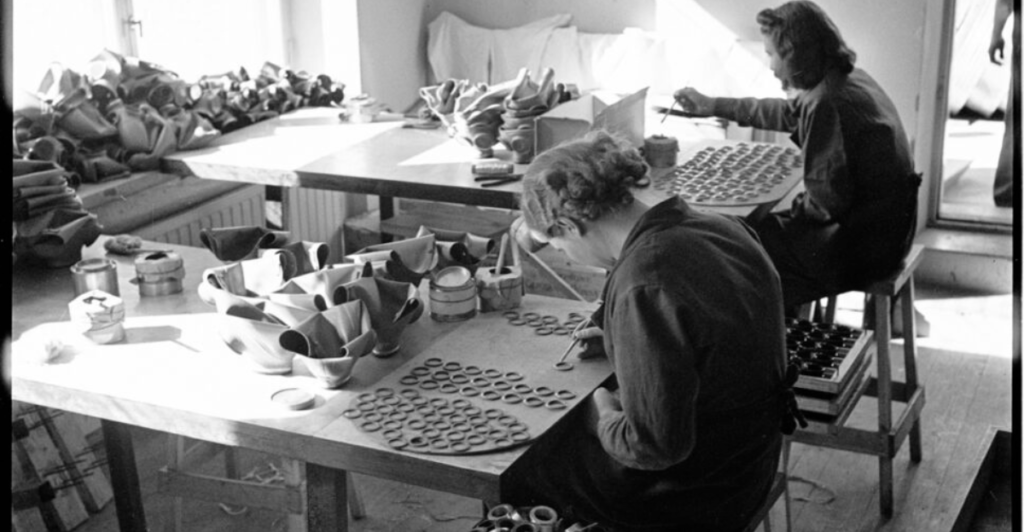
Even though men were responsible for defending their land, women stepped up to support their soldiers in the best way possible. This photograph captures two women working diligently in what appears to be a gas mask factory.
The women meticulously work on these components, possibly inspecting or assembling them, with several small tools and materials at their fingertips.
Nothing Peaceful About It
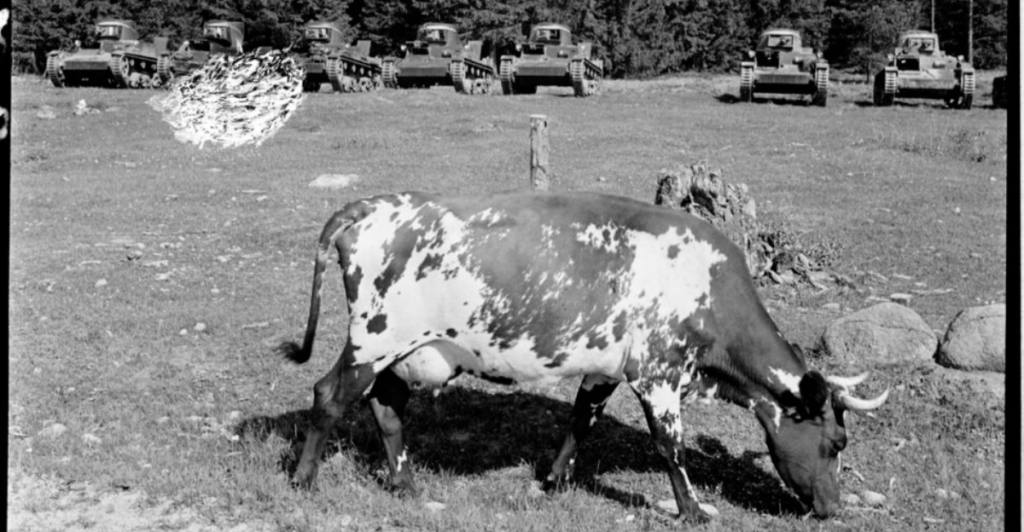
The countryside was less about peace and more about war during this time, disturbing even the most peaceful scenes. A line of Finnish tanks sits poised in a field, their silhouettes stark against the backdrop of a dense pine forest.
This juxtaposition highlights the disruption the Winter War brought to everyday Finnish life, as the tranquility of the countryside was transformed into a potential battlefield.
The presence of these tanks, ready to defend against the Soviet invasion, underscores the nation’s resolve to protect its land and way of life, even as the shadow of war looms large.
Out On Patrol
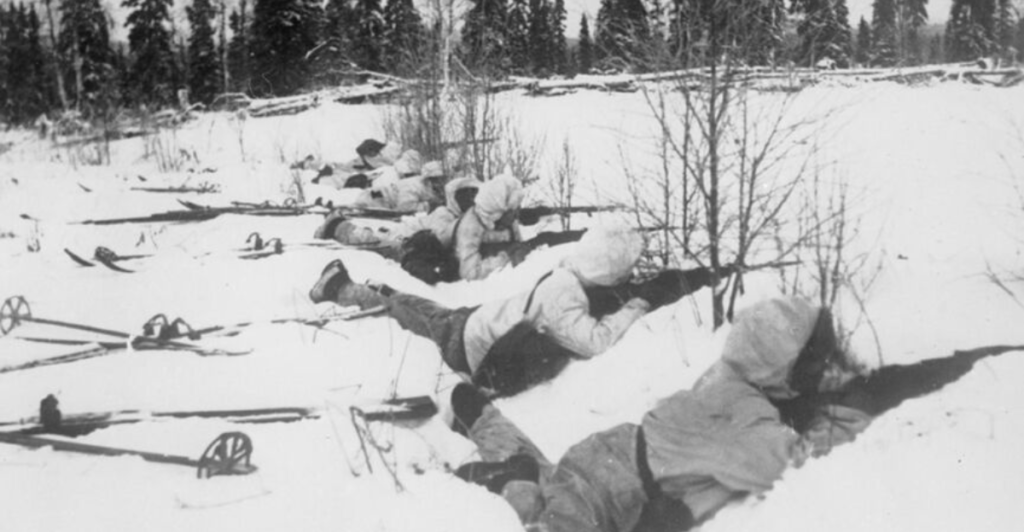
If there were any alerts of Soviet troops approaching, ski patrols would stand their ground in defense. Dressed in white snow camouflage, the soldiers blended seamlessly into the icy terrain, using the harsh winter conditions to their advantage.
Their prone positions and focused gazes suggest they are prepared for an ambush or defensive action, embodying Finland’s guerrilla tactics against the larger Soviet forces.
Fighting With Fire
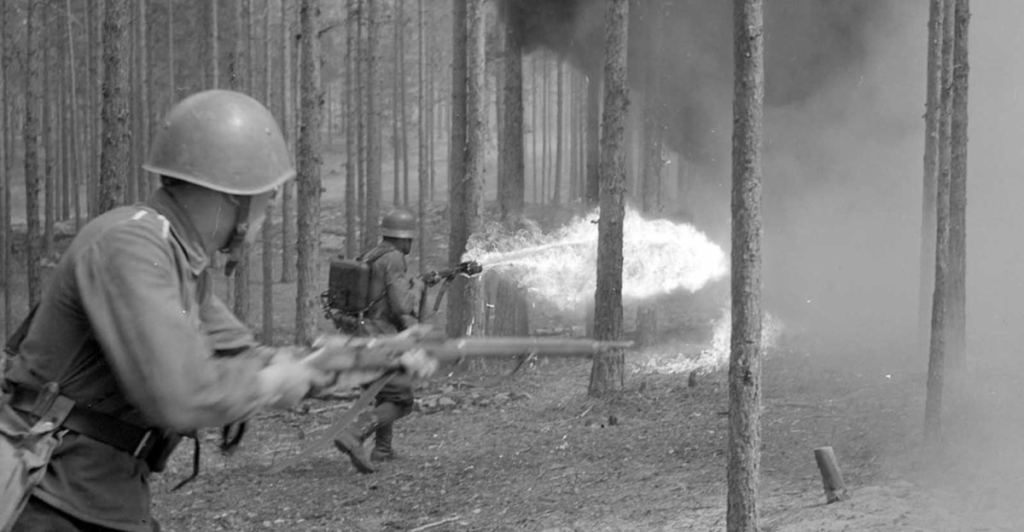
The flamethrower, likely an M/40 model acquired from Italy, erupts with a brilliant stream of fire against the stark white backdrop of the Finnish forest. Though initially rare in the Finnish arsenal, these weapons proved to be effective tools against Soviet fortifications and even tanks.
These soldiers might have been outnumbered, but they used every available weapon to protect their ground.
A Force To Be Dealt With
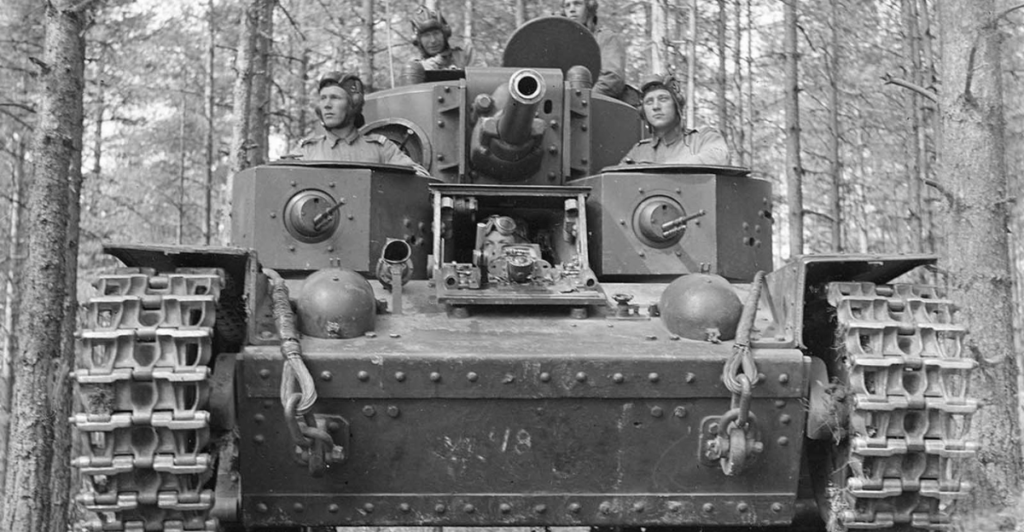
Finnish tank forces were small, with only 59 operational tanks at the start of the war, yet they strategically used these vehicles in infantry support roles, especially in the dense, snow-covered forests, where mobility was key.
The crew’s expressions and readiness symbolize Finland’s fierce resistance against a vastly superior Soviet force. They embody the spirit of sisu, a uniquely Finnish concept of grit and perseverance in the face of overwhelming odds.
A Threat From Above
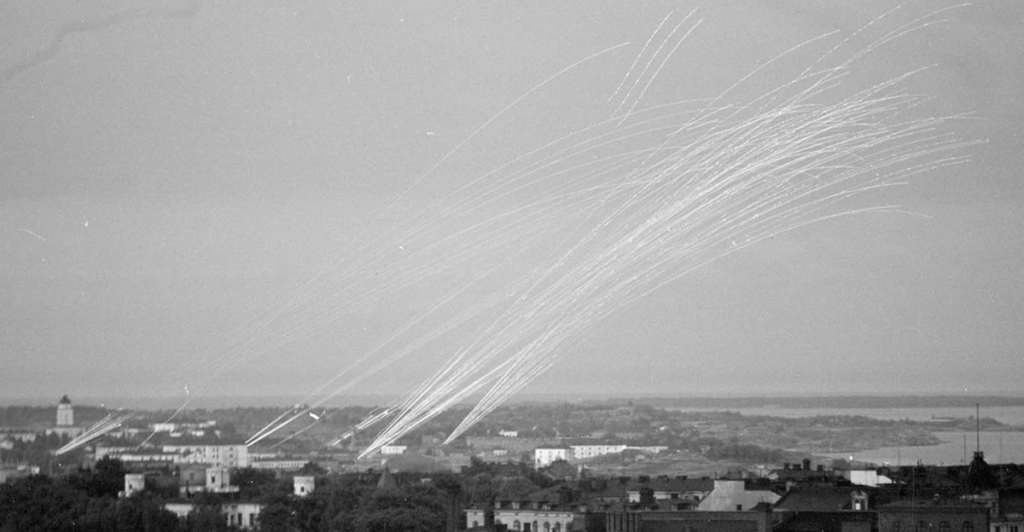
This dramatic image of anti-aircraft fire bursting over the Suomenlinna Fortress in Helsinki encapsulates Finland’s steadfast resistance against Soviet aerial dominance during the Winter War. The fortress, a strategic coastal stronghold, housed Finnish anti-aircraft and artillery units that played a critical role in defending the capital from relentless Soviet bombing campaigns.
Though the Soviet Union deployed over 3,000 aircraft during the war, Finnish defenses, relying on limited but effective anti-aircraft guns and machineguns like the ItKk/31, managed to down over 300 enemy planes.
Beauty In Destruction
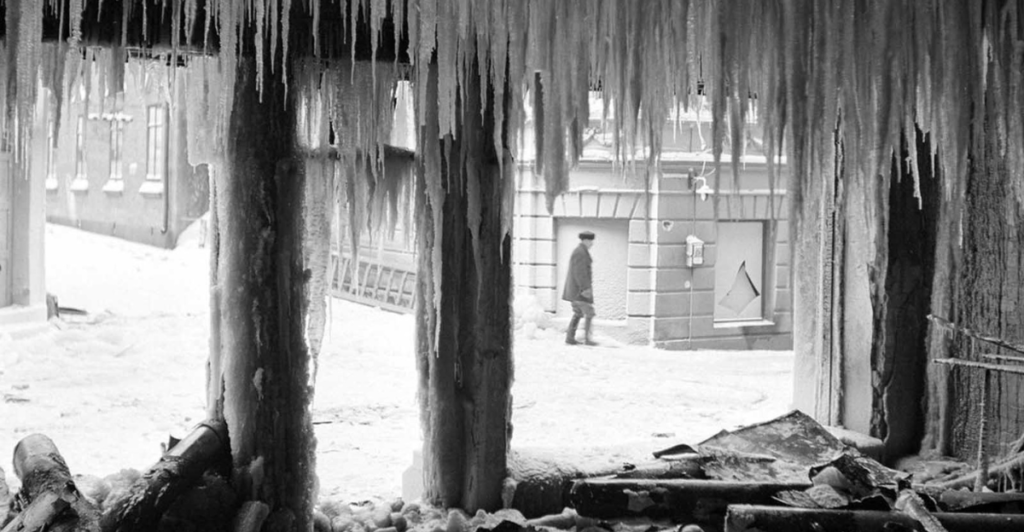
This haunting image of icicles hanging inside a bombed-out building in Viipuri, Finland, captures the stark devastation wrought by the Soviet invasion during the Winter War. Once a thriving city and cultural hub, Viipuri bore the brunt of relentless Soviet artillery and aerial bombardments, leaving its structures shattered and its residents displaced.
The icicles, formed from melted snow and freezing temperatures, symbolize the harsh winter conditions that defined the conflict, conditions that both challenged Finnish civilians and soldiers and became a strategic advantage for Finland’s defense.
A Creepy Disguise
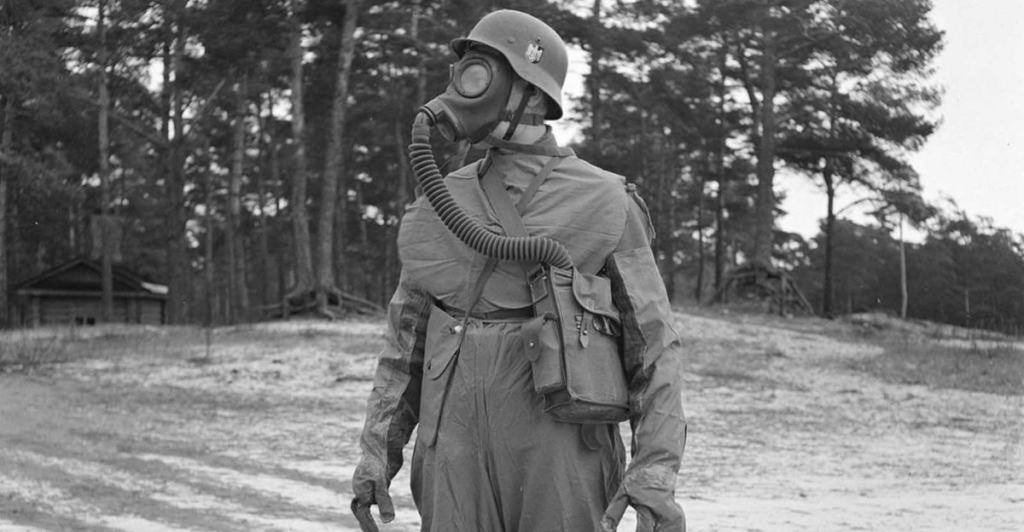
Though the Finns initially prioritized gas defense training over anti-tank tactics in 1939, their limited access to modern weaponry during the conflict forced reliance on improvised solutions like Molotov cocktails and guerrilla tactics.
Post-1940, Finland’s ability to acquire arms from Germany, including advanced anti-tank rifles like the Lahti L-39, marked a shift toward more conventional military capabilities. This image, however, highlights the earlier era of resourcefulness, where soldiers adapted available equipment to counter perceived threats.
Beauty Broken Down
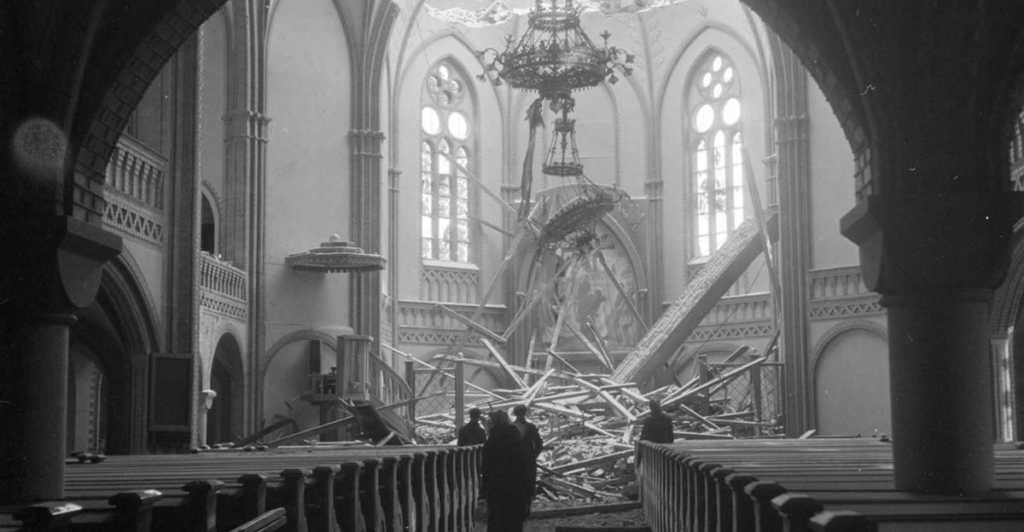
This poignant image of the bombed-out Vyborg Cathedral captures the profound destruction inflicted upon Finland during the Winter War. Once a magnificent Gothic Revival structure was built in 1893, the cathedral symbolized cultural and spiritual significance for the Finnish people.
On February 3, 1940, Soviet bombing raids struck the altar side of the cathedral, leaving it partially destroyed. The attack was part of the relentless bombardment that devastated Viipuri (Vyborg), a city that Finland ultimately lost to the Soviet Union in the Moscow Peace Treaty later that year.
References:
Winter War: The 1939 Soviet Invasion Of Finland In Crystal-Clear Photos
Rare Images of the Winter War by Photojournalist Thérèse Bonney




